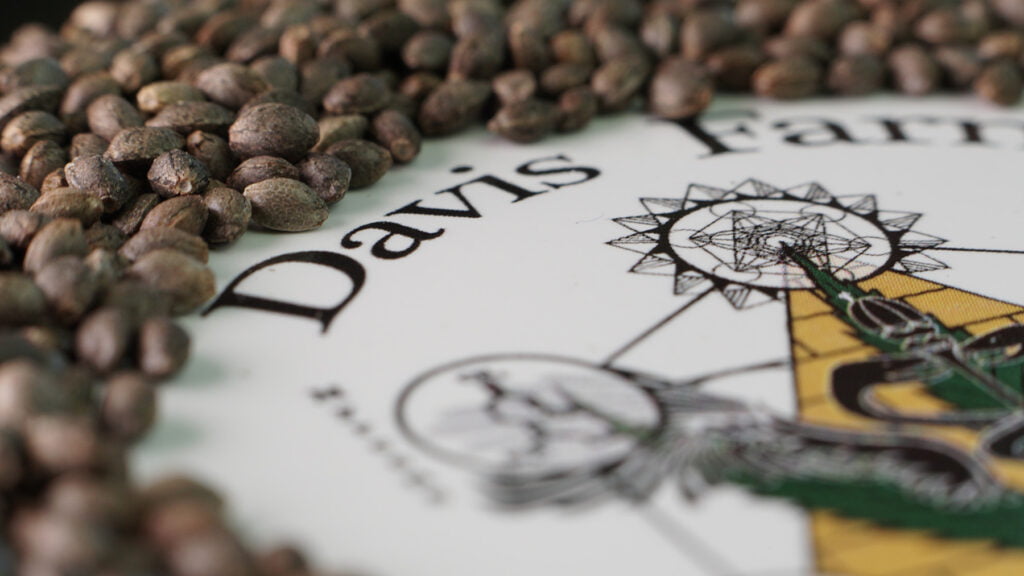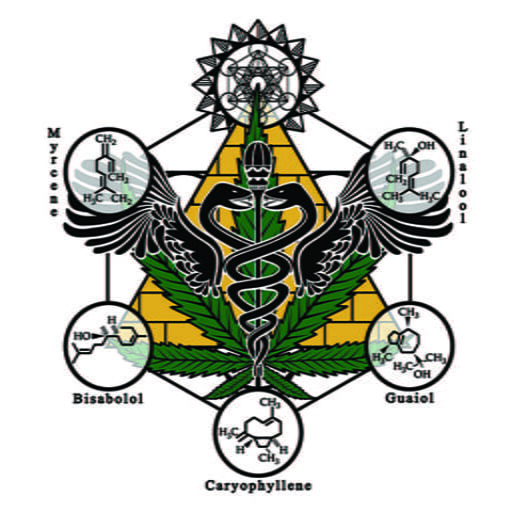Introduction
Throughout the journey from germination to flowering, every phase of the hemp life cycle presents distinct demands and obstacles. This understanding exceeds academic interest; it is vital in optimizing yields, particularly for producing premium CBD genetics. As an annual plant, hemp completes its life cycle within two to six months, despite its yearly occurrence, influenced by the duration of sunlight exposure in its natural habitat. The hemp plant possesses many excellent qualities, including its regenerative nature, which involves replenishing soil health. In essence, hemp proliferates, surpassing trees in speed, extracting CO2 from the atmosphere and reintegrating it into the soil, making it an exceptional contributor to nature.
Importance of understanding hemp plant lifecycle
Understanding the hemp plant life cycle goes beyond mere botanical interest; it is an indispensable requirement for individuals in hemp cultivation or CBD production. Whether you are an experienced cultivator or consumer, knowing the various stages of hemp growth creates a deeper appreciation of the captivating nature of this versatile plant. Knowledge of hemp lifecycle is essential for multiple aspects of its cultivation and usage. Farmers benefit from this knowledge by effectively planning planting times, selecting appropriate varieties, and implementing suitable growing techniques. Also, harvesting at the right time ensures maximum yield and potency of cannabinoids like CBD or THC. Since each stage is unique, understanding the lifecycle aids in quality control, as different stages may impact the chemical composition and overall plant health.
Therefore, what does the lifecycle of a hemp plant entail?

Stages in a hemp plant lifecycle
The four peculiar stages in a hemp plant life cycle include germination, seedling, vegetative, and flowering.
Germination Stage
The process begins with seed planting. During germination, the seed responds to moisture by forming a taproot, firmly embedding itself in the growing substrate. Upon achieving stability, the plant develops its primary stem, unveiling its initial seed leaves, signaling the beginning of the next developmental stage. Germination to sprouting generally takes 5-10 days.
Seedling stage
The seedling stage starts when the plant recognizes favorable conditions both above and below ground, prioritizing establishing its root system for nutrient and water absorption, typically lasting one to two weeks. In CBD production, seeds are often female or feminized, ensuring the growth of female plants, which produce the desired flower. Feminized seeds are engineered to eliminate male plants, as only female plants yield the desired compounds. A seedling initially develops two round cotyledon leaves at the top, which absorb UV rays. Over the subsequent two weeks, the plant generates its first set of fan leaves. This phase is essential for subsequent vegetative growth. Once the root structure is established, the plant progresses into the vegetative stage.
Vegetative Stage
As larger fan leaves emerge, the plant transitions from seedling to vegetative, characterized by rapid growth, extensive foliage, and branching. This stage, lasting approximately 16 weeks, requires high nitrogen, moderate potassium, and low phosphorus levels. Nitrogen-rich fertilizer is essential during this phase to support new stem and leaf development as it provides enough nitrogen. At the same time, potassium can be sourced from seaweed and wood ash to enrich the soil. During the vegetative stage, the plant experiences vigorous above-ground stem and leaf growth, facilitated by exposure to over 12 hours of daily light. Upon reaching the desired size, reducing daily light exposure to 12 hours or less triggers the plant’s transition into the flowering stage.
Flowering Stage
The flowering stage begins when light cycles switch to 12-hour durations, typically occurring around September/October naturally, though, in commercial indoor farming, lighting times are manually adjusted. During this stage, the plant’s gender becomes known, with male plants producing pollen stacks that need immediate removal by CBD farmers to prevent pollination of female flowers, diverting their energy from CBD bud production.
The flowering stage consists of two sub-phases. Firstly, the pre-flowering phase, also known as the “final stretch,” triggers a growth spurt, resulting in a height increase of 50-100%. Towards the end of this phase, the emerging nodes at branching points indicate the plant’s sex. Subsequently, the plant enters its second sub-phase, marked by the appearance of white pistils on nodes and stem ends in females, while males display pollen sacs instead.
Common challenges in growing hemp
Cultivating crops, regardless of type, comes with some challenges; the challenges farmers face may appear intimidating to novices and observers alike and can vary annually or even more frequently. Hemp cultivation is no exception, as growers encounter many challenges, some peculiar to hemp. Some of these challenges include;
- Quality of seeds and clones
In the hemp industry, ensuring the quality of seeds and clones is a significant challenge for growers, thus affecting production. Inconsistency between labeled specifications and actual contents, poor germination rates, feminization issues, and clone health concerns are common challenges for hemp farmers.
- Labor expenses and associated costs.
Securing labor is also a significant challenge for hemp growers. From planting to harvesting, labor requirements must be emphasized and can strain budgets. Mechanical innovations offer solutions but come with costs that may discourage farmers. Planning, considering labor in budgeting, and exploring alternative production models are needed for successful operations.

- Management of weeds, pests, and pathogens.
Hemp growers face ongoing challenges in managing weeds, pests, and pathogens, compounded by the limited range of practical solutions available. Seeking advice from experienced crop producers, particularly those with organic farming expertise, and utilizing resources like searching articles and university guidance can aid in developing pest management plans.
- Compliance with THC levels.
Compliance with THC levels is a considerable challenge for hemp growers, especially with new cultivars lacking sufficient production data. Failing state testing can have severe consequences, revealing the need for reliable seed or clone providers. Growers often self-monitor during the season, managing testing costs to optimize cannabinoid levels while staying THC-compliant.
Conclusion
Understanding the hemp growth cycle is fascinating and engaging but requires a carefully controlled environment. Any misstep can damage parts of the plant, rendering them unusable. Educating yourself and consulting expert farmers are crucial steps in successful hemp cultivation. Davis Hemp Farms provides premium hemp genetics that are university-tested, pest and drought-resistant, and compliant. See our catalog of feminized seeds here.
Read our previous articles
- Landrace, Heirloom, and the Importance of Genetic Diversity in Hemp Farming and Agriculture
- How To Obtain The Necessary Licenses and Certifications In Hemp Farming
- How To Manage Pests And Diseases In Hemp Farming
- From Seed to Harvest: Understanding the hemp farming lifecycle
- How Hemp Farming Promotes Biodiversity
